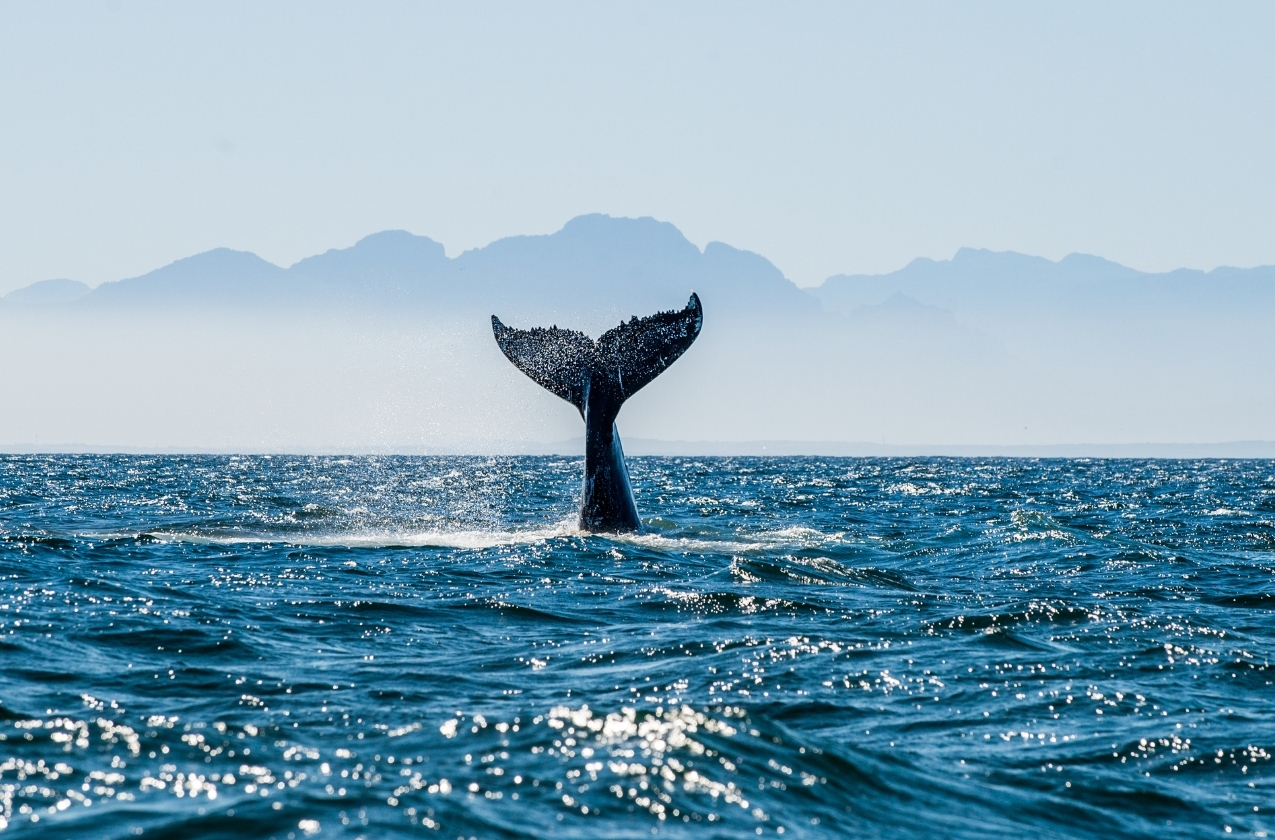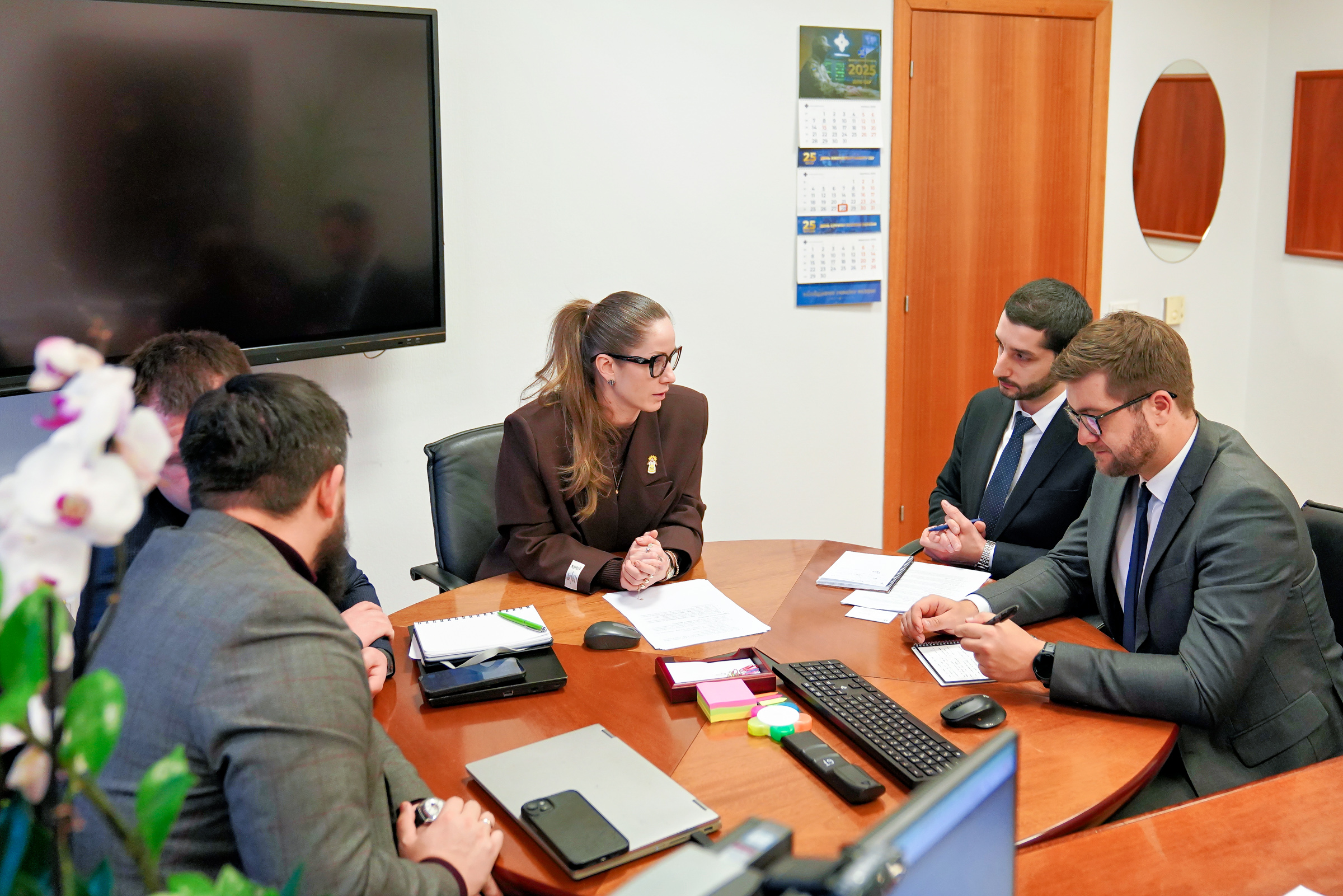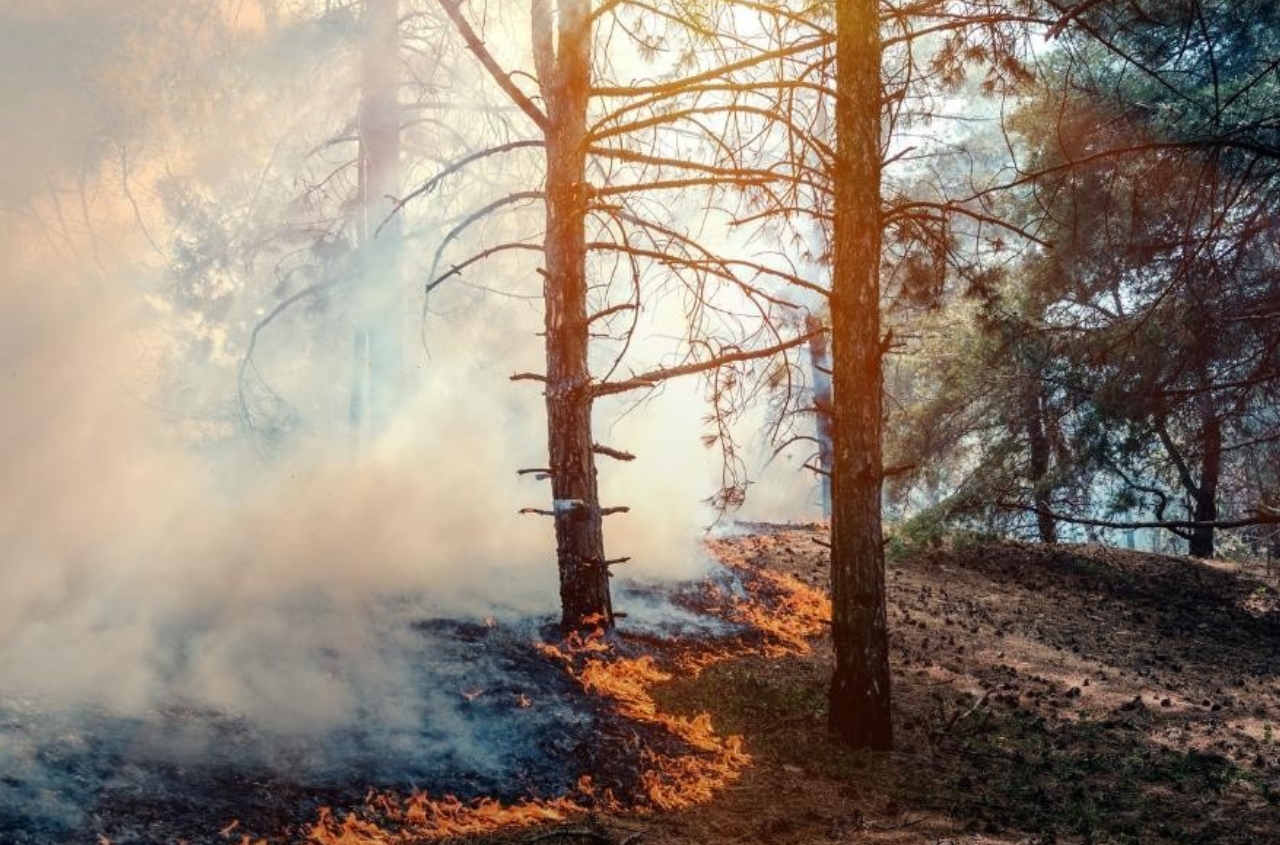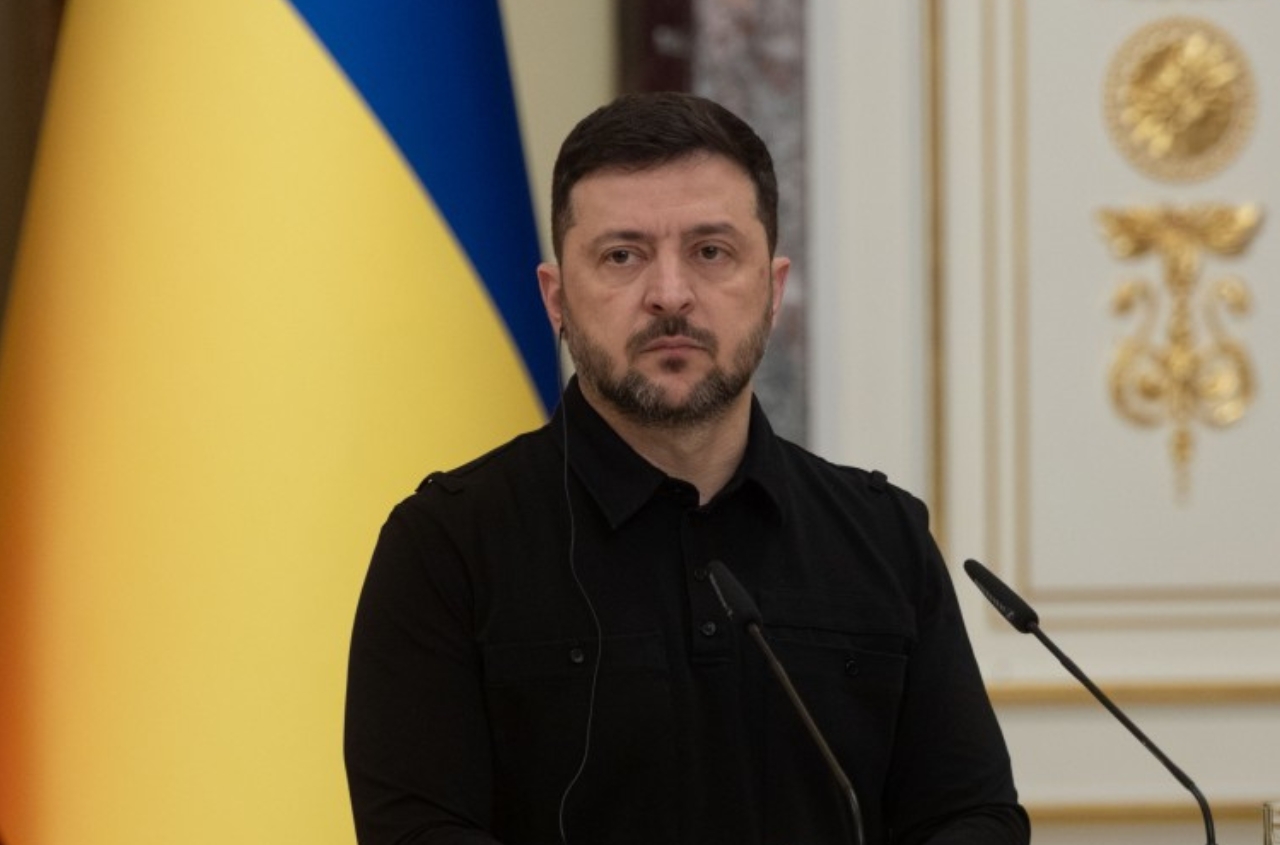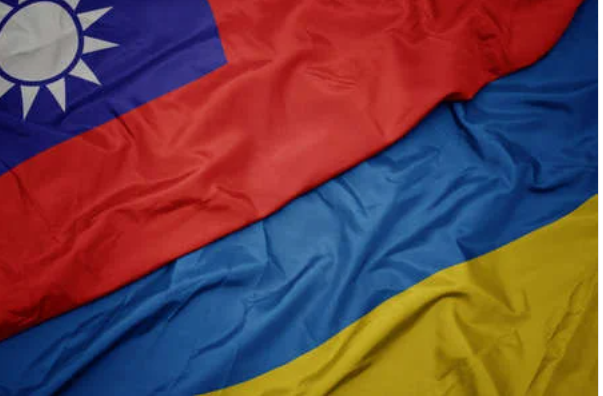If someone says ‘whale’, we usually imagine an ocean giant slowly travelling from the Arctic or the Antarctic to the tropics and back. Indeed, the modern baleen whale is the largest known living creature to have ever inhabited our planet. Blue whales can reach more than 30 metres in length, with a weight of approximately 150 tonnes! Besides baleen whales, there are large and small toothed whales throughout the world’s oceans. Sperm whales, beaked whales, narwhals, dolphins (the largest of which is the orca), as well as the smallest example - harbour porpoises - belong to this parvorder. Baleen and toothed whales are cetaceans and have a common ancestor. Cetaceans are mammals: they need atmospheric air to breathe (that is why we can observe them rising to the surface to take a breath), feed their calves with milk, and sometimes have hairs on their body - the remains of fur.

In the Black Sea, three species of cetaceans are regularly found - bottlenose dolphins (Tursiops truncatus), common dolphins (Delphinus delphis) and harbour porpoises (Phocoena phocoena), all of which have several local names. The harbour porpoise is the smallest living cetacean not only in the Black Sea, but in the whole world: mature animals sometimes can be only 110cm long and only 25kg in weight. All the Black Sea cetaceans eat fish; harbour porpoises prefer gobies, while bottlenose dolphins prefer turbots and mullets; all of them eagerly consume anchovy, sprat, horse mackerel and whiting. Common dolphins gather into large pods consisting of hundreds of individuals, whilst bottlenose dolphins prefer to live in smaller groups, and harbour porpoises gather only rarely, e.g. when they need to migrate. Research in recent years, including the EMBLAS Project, shows that in summer, the largest accumulations of cetaceans were concentrated in Turkish and Bulgarian waters, with additional significant populations near the Danube Delta and around Dzharylhach Island. But during colder times of year, dolphins preferentially inhabit the seas near Georgia and the Sochi-Tuapse district, likely due to the large numbers of prey fish overwintering there.

And what about baleen whales? These creatures first inhabited local waters millions of years ago, when it was the Paratethys Sea, rather than the Black. Paleontologists have found thousands of fossilised bones in Ukraine and Moldova, formerly belonging to pygmy whales (cetotheres) with a body length of only three metres. Like modern dolphins, they also ate small fish, swallowing them in a fashion resembling large ducks. The closest modern relative of cetotheres is the pygmy right whale, which now lives in the southern hemisphere, although in the past it inhabited our neighbouring Mediterranean Sea. Baleen whales were also present in the Black Sea historically. Bones of common or northern minke whale (Balaenoptera acutorostrata) were found by archeologists during excavations of ancient Bulgarian settlements, which were 5,000-6,000 years old. In 1880, a minke whale came to the Black Sea from the Mediterranean and was stranded near Batumi, Georgia: its skeleton is still preserved at Georgian National Museum.
Is it possible for such an event to repeat? Who knows! We should note that in 2009, a gray whale from the Arctic confused the Pacific Ocean with the Atlantic and swam into the Mediterranean Sea, where these species of whales had not been observed for thousands of years. So, perhaps baleen whales will emerge near our coasts in future.
The publication was prepared with the financial support of the EU – UNDP project ‘Improving Environmental Monitoring in the Black Sea: Selected measures’ (EMBLAS-Plus). This publication was produced with the financial support of the European Union and UNDP. Its contents are the sole responsibility of the authors and do not necessarily reflect the views of the European Union or UNDP.
Authors: B. Aleksandrov, O. Adrianova, N. Atamas, V. Bolshakov, O. Bondarenko, I. Chernichko, V. Demchenko, S. Dyatlov, Y. Dykhanov, E. Dykyi, O. Garkusha, P. Gol’din, S. Hutornoy, V. Komorin, Y. Kvach, V. Mamaev, O. Manturova, O. Marushevska, A. Mikelyan, Yu. Mikhalev, G. Minicheva, I. Sinegub, T. Shiganova, J. Slobodnik, A. Snigiryova, M. Son, K. Vishnyakova, A. Zotov. Illustrator: I. Pustovar.










